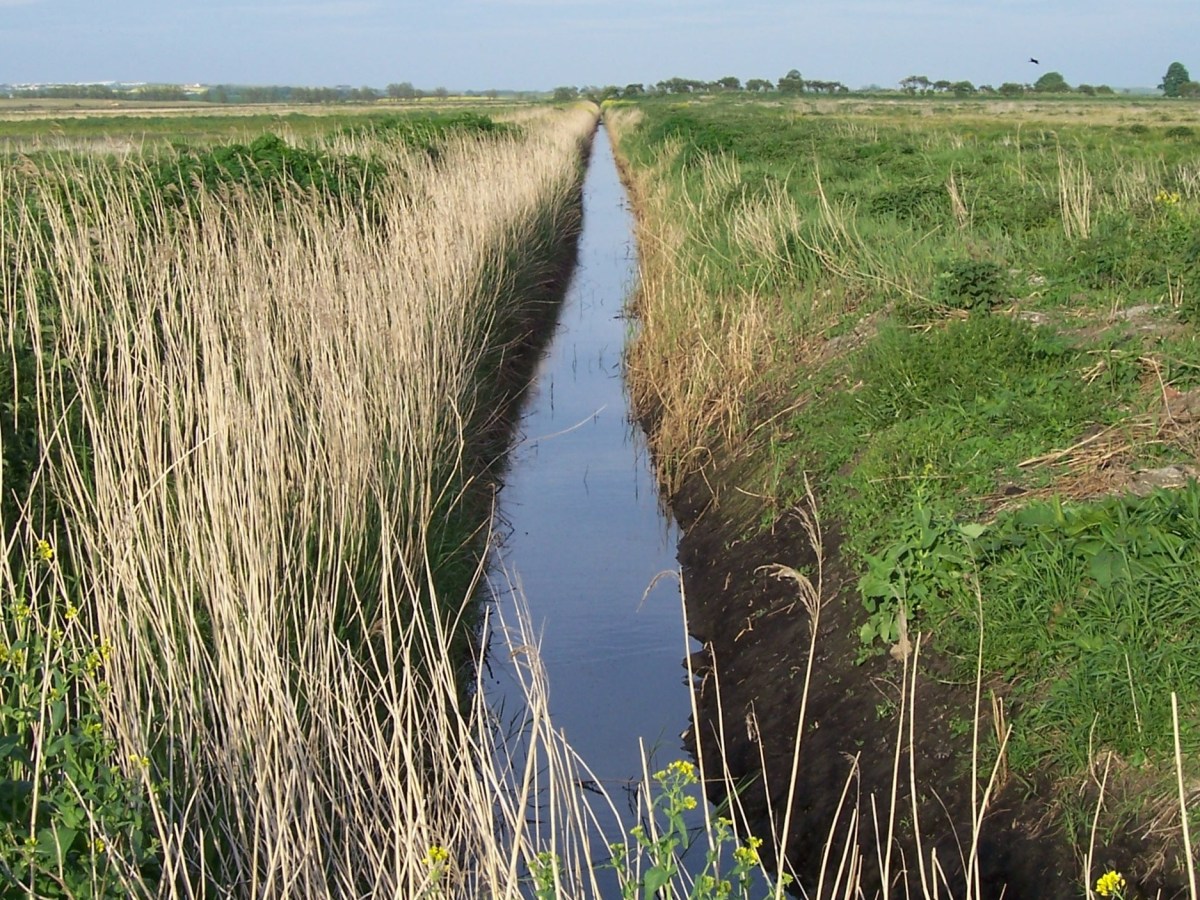Gully meaning encompasses far more than just a ditch in the ground. It’s a word with surprisingly diverse applications, from the geological formation of erosion channels to its use as a vivid metaphor in literature and even its specialized meaning within various industries. Understanding the nuances of “gully” requires exploring its geographical context, its role in environmental science, and its figurative power in language.
This guide will delve into all these aspects, providing a complete picture of this multifaceted term.
So, a gully’s basically a ditch or channel carved by water, right? Thinking about erosion and how that shapes landscapes makes me think of strategic resource management, kind of like in the commanders game , where you need to control key terrain. Understanding gully formation helps visualize those kinds of tactical advantages in games or even real-world situations, similar to controlling a crucial water source in a gully system.
We’ll examine the different ways “gully” is defined geographically, highlighting its significance in erosion, landform development, and urban planning. We’ll then explore its figurative use in literature and explore its specialized meanings in agriculture, water management, and construction. Finally, we’ll look at regional variations in terminology, shedding light on the fascinating evolution of this word across different cultures and dialects.
Understanding the Meaning and Significance of “Gully”
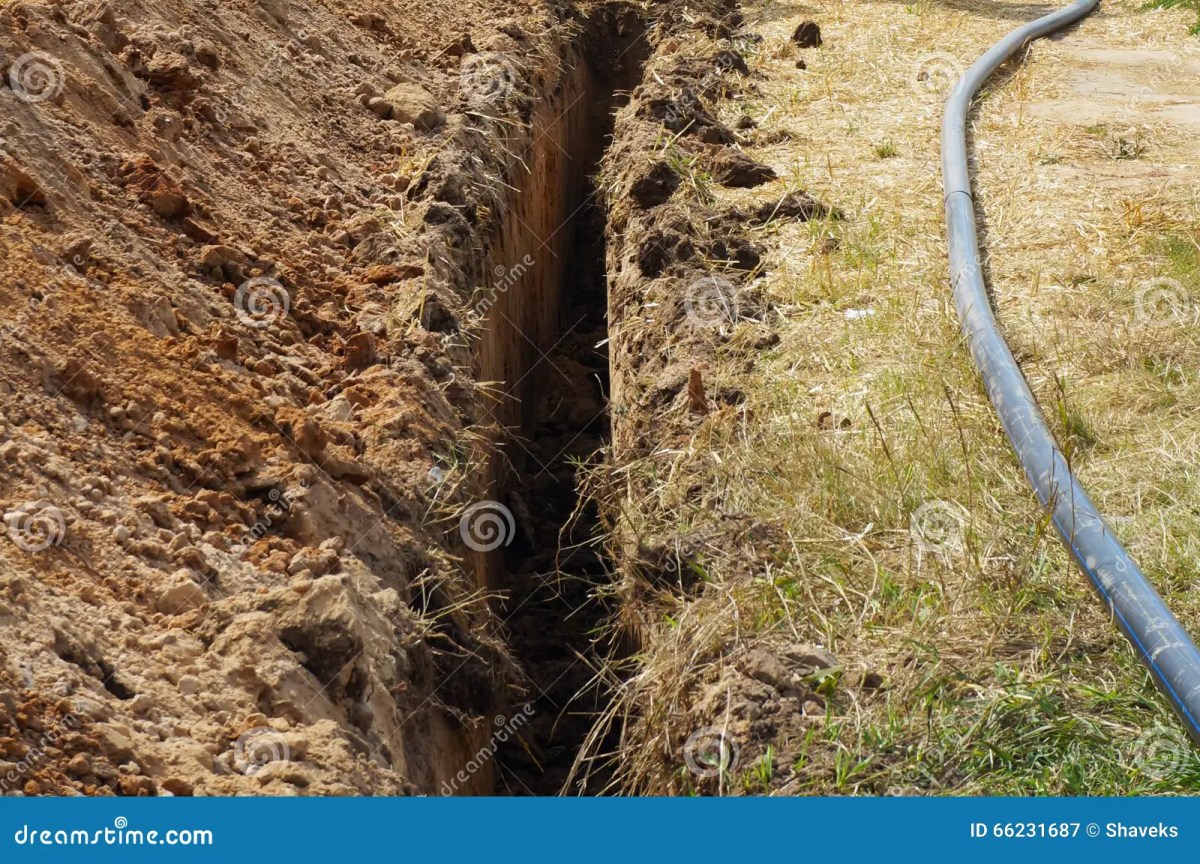
The word “gully” holds multiple meanings depending on context, ranging from a geographical feature to a metaphorical expression. This article explores the diverse interpretations of “gully,” examining its usage in various fields and dialects.
Defining “Gully” in Different Contexts, Gully meaning
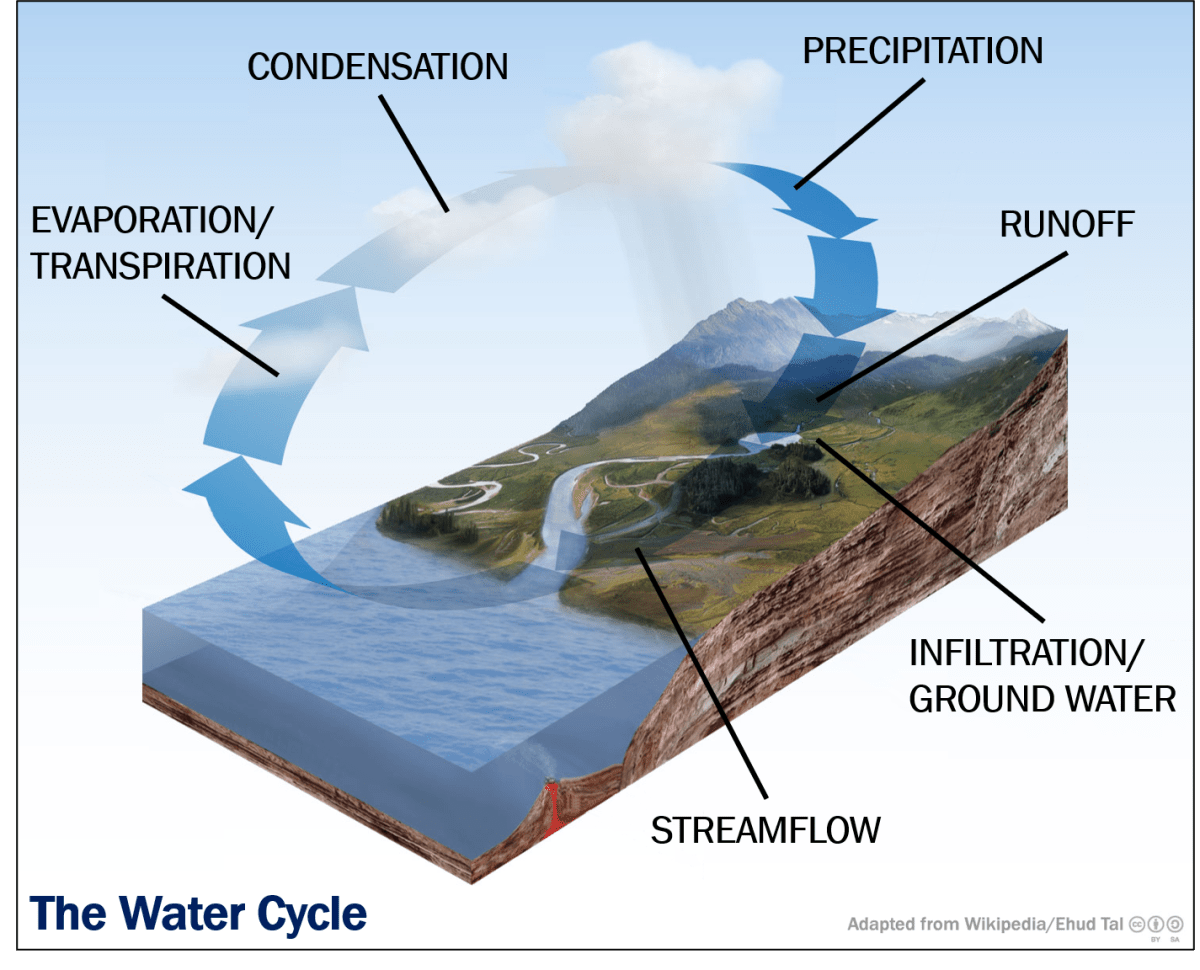
The term “gully” primarily refers to a channel or ditch eroded by water, typically found in landscapes prone to erosion. However, its meaning nuances based on the specific context. In geography, a gully is a significant erosional feature, often deeper and wider than a rill. Urban planners might use “gully” to describe a storm drain or a narrow passageway.
So, you’re wondering about “gully meaning”? Basically, it refers to a channel or ravine carved by water erosion. Think of it in terms of landscape changes, which brings us to advancements in monitoring such changes, like the cool stuff you’ll find at news technology sites showcasing drone surveying. These drones can map gullies with incredible detail, helping us understand erosion patterns and plan for mitigation.
Understanding gully formation is key to managing our environment effectively.
Dialectical variations exist, with some regional dialects employing synonyms or related terms. The historical evolution of the word traces back to Old English and reflects the evolving understanding of landforms and drainage systems.
Gully as a Drainage Feature
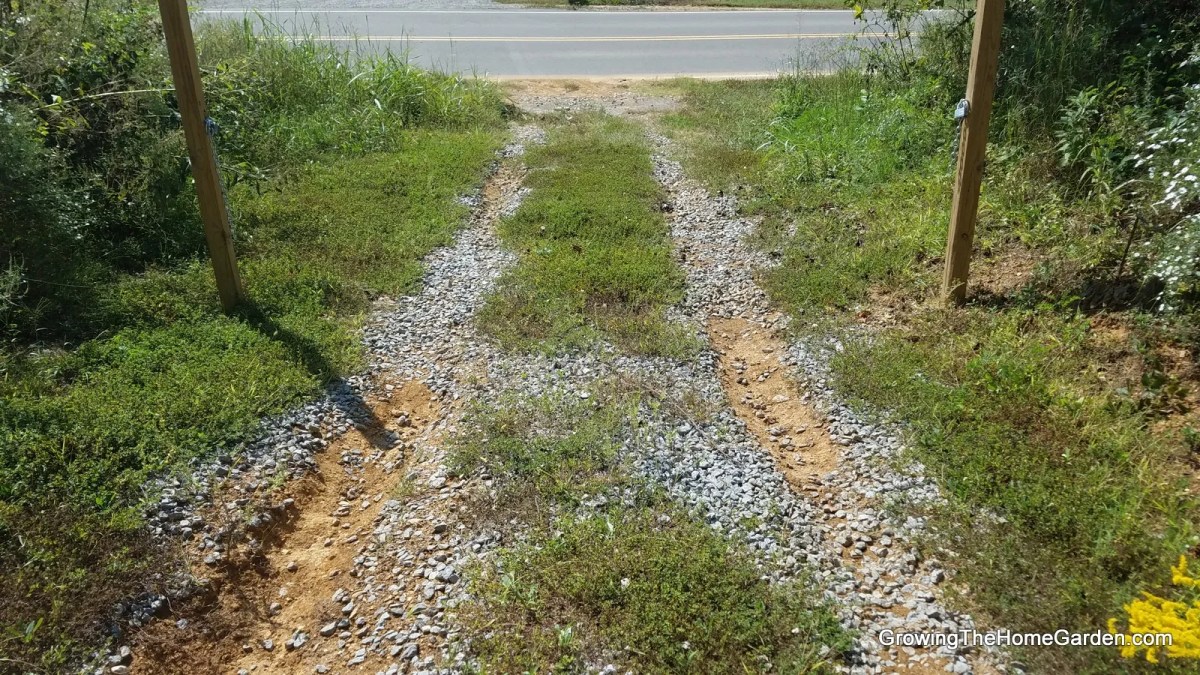
Gullies form through a process of water erosion. Rainfall, runoff, and surface flow carve paths into the soil, gradually enlarging and deepening the channels. Several factors contribute to gully erosion, including soil type, slope gradient, vegetation cover, and rainfall intensity. Prevention and mitigation strategies involve techniques like terracing, contour plowing, and the construction of check dams.
| Gully Type | Size (Approximate) | Shape | Formation Process |
|---|---|---|---|
| Rill | Small, shallow | Linear, often branching | Surface runoff |
| Small Gully | Several meters deep and wide | V-shaped, often branching | Concentrated runoff |
| Large Gully | Tens of meters deep and wide | Irregular, complex | Long-term erosion |
| Badland Gully | Highly dissected landscape | Intricate network | Severe erosion in easily erodible material |
Assessing gully formation risk involves a step-by-step process: analyzing soil properties, evaluating slope stability, assessing rainfall patterns, and examining existing drainage systems. This risk assessment guides effective land management and erosion control measures.
Gully in Figurative Language
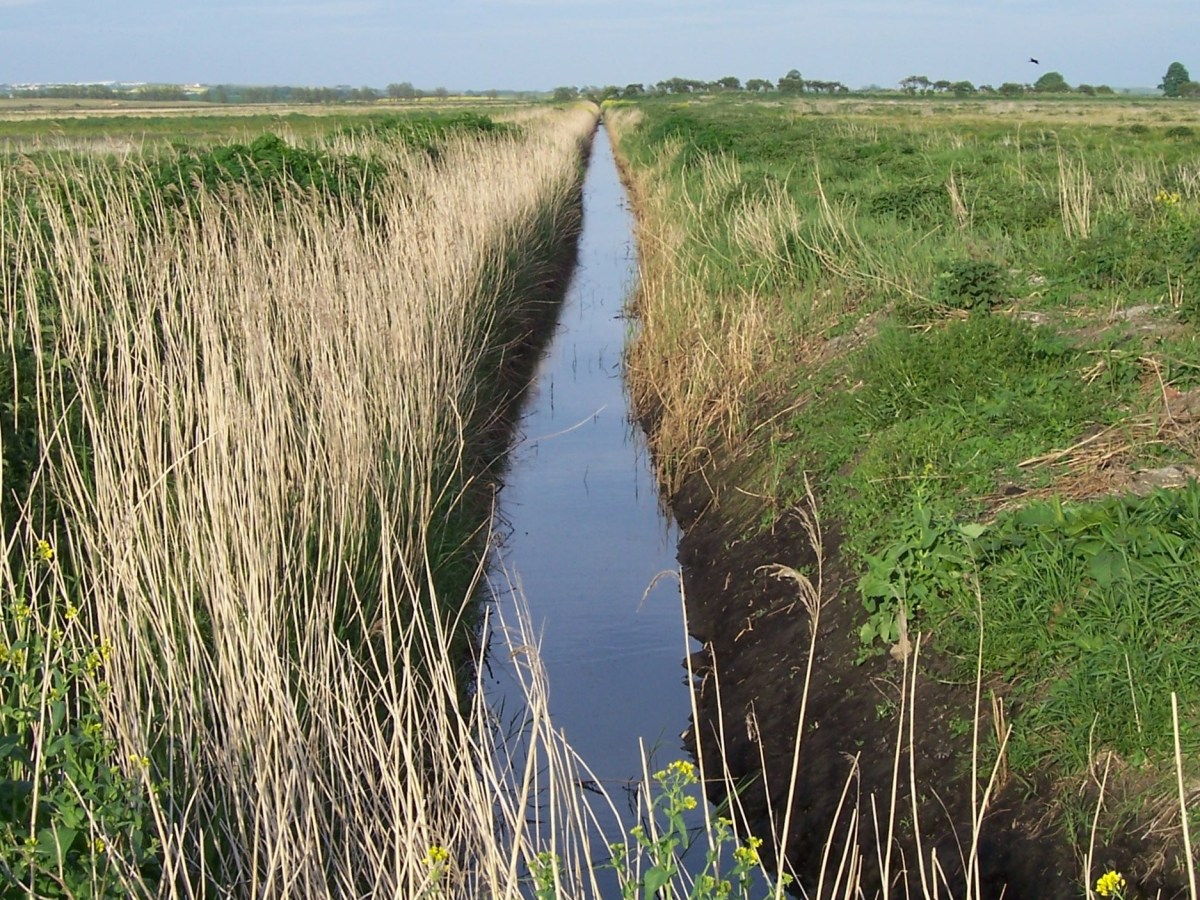
Beyond its literal meaning, “gully” finds its way into figurative language, often conveying a sense of depth, darkness, or isolation. In literature and popular culture, it might represent a hidden or dangerous place, a metaphorical chasm between people, or a difficult situation. The connotations associated with the word often relate to negativity or a sense of being overwhelmed.
Compared to similar words like “ravine” or “ditch,” “gully” might suggest a more abrupt and potentially hazardous environment.
So, “gully” basically means a ditch or channel, right? Think of it like a small, narrow ravine. Now, imagine the intense pressure of a game like guard 44 squid game , where a single misstep could send you tumbling into a metaphorical gully of despair. Understanding the meaning of “gully” helps visualize the desperation and the precariousness of the situation, just like the deadly games in the show.
Short Story Illustration: The old woman lived alone in a small cottage overlooking a deep gully. The gully, a jagged scar on the landscape, mirrored the deep crevasse in her heart, a constant reminder of the losses she had suffered. Each night, the wind howled through the gully, a mournful symphony echoing the emptiness within her.
Visual Representation: Imagine a dark, shadowy chasm cutting through a barren landscape. Jagged edges and uneven walls suggest instability and danger. The bottom of the gully is obscured by darkness, symbolizing the unknown or the depths of despair. The overall impression is one of isolation and potential threat.
Gully in Specific Industries or Fields
The term “gully” holds significance across various sectors. In agriculture, gullies represent soil loss and reduced productivity. Water management strategies often focus on mitigating gully erosion to protect water resources. Construction and engineering projects must account for gullies to ensure stability and prevent infrastructure damage. Environmental studies utilize gully systems as indicators of land degradation and ecosystem health.
Technical manuals related to soil conservation, hydrology, and infrastructure development frequently incorporate the term “gully” within their specifications and guidelines.
Regional Variations in Gully Terminology
Regional dialects often employ alternative terms for “gully,” reflecting local landscapes and linguistic evolution. These variations can be categorized based on geographical proximity and linguistic families. The historical reasons behind these variations often stem from differing geological formations and the unique experiences of communities living within specific regions.
- Coulee (North America): A deep ravine or gully, often dry.
- Wash (Southwest US): A dry gully or ravine.
- Donga (Southern Africa): A deep gully formed by erosion.
| Region | Term | Linguistic Family | Geological Context |
|---|---|---|---|
| North America | Coulee | English | Glacial deposits |
| Southwest US | Wash | English | Arid regions |
| Southern Africa | Donga | Afrikaans/English | Savanna landscapes |
Summary: Gully Meaning
From its literal definition as an erosion channel to its metaphorical representation of something deep and potentially dangerous, the word “gully” reveals a rich tapestry of meaning. Understanding its various contexts – geological, environmental, figurative, and industrial – allows us to appreciate the word’s depth and versatility. This exploration highlights not only the linguistic richness of the English language but also the intricate connections between language and the world around us.
Whether you’re a geologist, writer, or simply curious about words, we hope this guide has provided a valuable insight into the multifaceted world of “gully meaning.”
Expert Answers
What is the difference between a gully and a ravine?
While both are erosional features, ravines are generally larger and deeper than gullies. Gullies are often smaller, shallower channels, sometimes even temporary.
Can gullies be repaired?
So, you’re wondering about “gully meaning”? Think of it as a deep ditch or channel carved by water. Now, imagine scaling a virtual gully, maybe even using drones – that’s kind of like the challenge in the aloft game , where navigating tricky terrain is key. Understanding the “gully meaning” helps you grasp the difficulties drone pilots face in real-world scenarios, mirroring the complexities of the game’s virtual environments.
Yes, depending on the size and severity of the gully, various methods like terracing, check dams, and revegetation can be used to mitigate or repair gully erosion.
Are gullies only found in rural areas?
No, gullies can form in urban areas as well, particularly in areas with inadequate drainage systems or soil erosion.
What causes gully formation?
Gully formation is primarily caused by water erosion, often exacerbated by factors like intense rainfall, deforestation, and poor land management practices.
